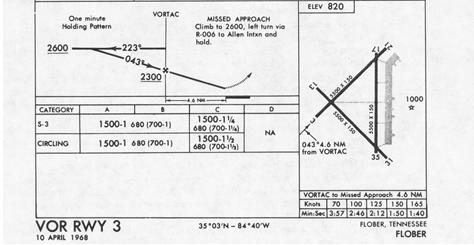

- Localizer type directional aid full#
- Localizer type directional aid code#
- Localizer type directional aid plus#
Localizer type directional aid full#
Iii) GS needle is quite sensitive since glidepath is relatively narrow (approximately 1.4° from full up to full down deflection) Ii) Cross-pointer indicator is both a LOC and GS indictor Ii) Warning flag shows when unstable signal or receiver malfunction occurs I) Typically VOR receiver is also a localizer (LOC) receiver that switches to LOC automatically when sensing odd tenths between 108 and 112 MHz V) Visual approach slope indicator (VASI) projects a visual glidepath providing safe obstruction clearance within the approach zoneĤ) ILS airborne components include receivers and indicator instruments for the following Iv) REIL are a pair of synchronized flashing lights one on each side of threshold facing approach area Iii) High-intensity flasher system ("the rabbit") lights flash in sequence towards the runway (2 times per second)

I) Provide directional, distance and glidepath information for safe transition to runway threshold
Localizer type directional aid code#
Iv) Middle marker locator ID code consists of the second two letters of the 3-letter LOC identifier Iii) Outer marker locator ID code consists of the first two letters of the LOC 3-letter identifier Ii) A low-powered NDB colocated with the OM and/or MM facilities I) Supplementary, optional component that may be employed to increase safety and utility V) There may be a back-course marker to indicate the back-course FAF Iv) Inner marker ( IM) located at decision height on glidepath for Category II approach Iii) Middle marker ( MM) located approximately 3,500 feet from landing threshold at position where glide-slope centerline is about 200 feet above touchdown zone elevation Ii) Outer marker ( OM) located 4-7 miles from airport near position where aircraft at appropriate altitude will intercept glidepath I) Low-powered transmitters direct signal upward in a small fan-shaped pattern Iv) GS normally 1.4° thick (about 1,500 feet at 10 NM from touchdown, narrowing to just a few feet at touchdown) Iii) GS signal is radiated on front course only (NOT on back course) Ii) Projection angle normally adjusted to 2.5-3.5° above horizontal to intersect the middle marker ( MM) at about 200 feet and the outer marker ( OM) at about 1,400 feet above runway elevation I) Located in a building 750-1,250 feet from approach end of runway, 400-600 feet to one side of centerline
Localizer type directional aid plus#
Iv) Audibly identified by "I" plus three-letter designator and includes a voice feature for use by ATC Iii) LOC course width normally 5° (full-scale deflection when aircraft is 2.5° to either side of centerline) Ii) Transmits on odd tenths from 108.1 to 111.95 MHz out to 18 NM away from and 4,500 feet above the antenna site I) Antenna array located beyond opposite end of runway that radiates a field pattern providing left/right guidance along the centerline of the runway (in both directions) Approach height not less than 100 feet above touchdown.Instrument Landing Systems (ILS) (includesġ) ILS is an electronic system that provides horizontal and vertical guidance to a specific runway, used to execute a precision instrument approach.Ģ) Three types based on equipment at airport and pilot experience levelĪ) Category I - approach height not less than 200 feet above touchdown Flight instrument systems and their operating characteristicsĬ. Aircraft Flight Instruments and Navigation EquipmentĢ.


 0 kommentar(er)
0 kommentar(er)
